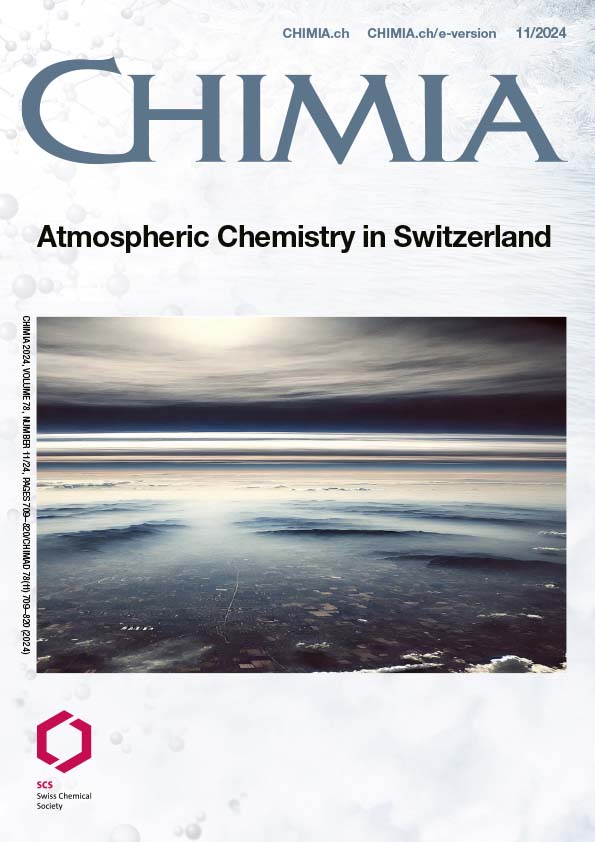The Chemistry of Atmospheric Aerosols: At the Nexus Between Climate, Energy, and Air Quality
DOI:
https://doi.org/10.2533/chimia.2024.728PMID:
39618273Keywords:
Aerosols, Climate, Energy, Human healthAbstract
Atmospheric aerosols can be emitted directly as particles or formed in the atmosphere from phase transitions of gaseous compounds with low enough vapor pressure. During their lifecycle in the atmosphere, aerosols undergo multiphase changes, altering chemical composition, reactivity, physical and optical properties, ultimately influencing how they impact climate, human health and ecosystems. The understanding of the chemical processes in the atmosphere is crucial to assess these effects. Here we provide a brief overview on relevant aerosol chemical processes and measurement techniques with no claim to completeness and describe the Swiss contribution to the European infrastructure ACTRIS for long-term monitoring and its relevance for the research field.
Downloads
Published
Issue
Section
License
Copyright (c) 2024 Claudia Mohr, Martin Gysel-Beer

This work is licensed under a Creative Commons Attribution 4.0 International License.







